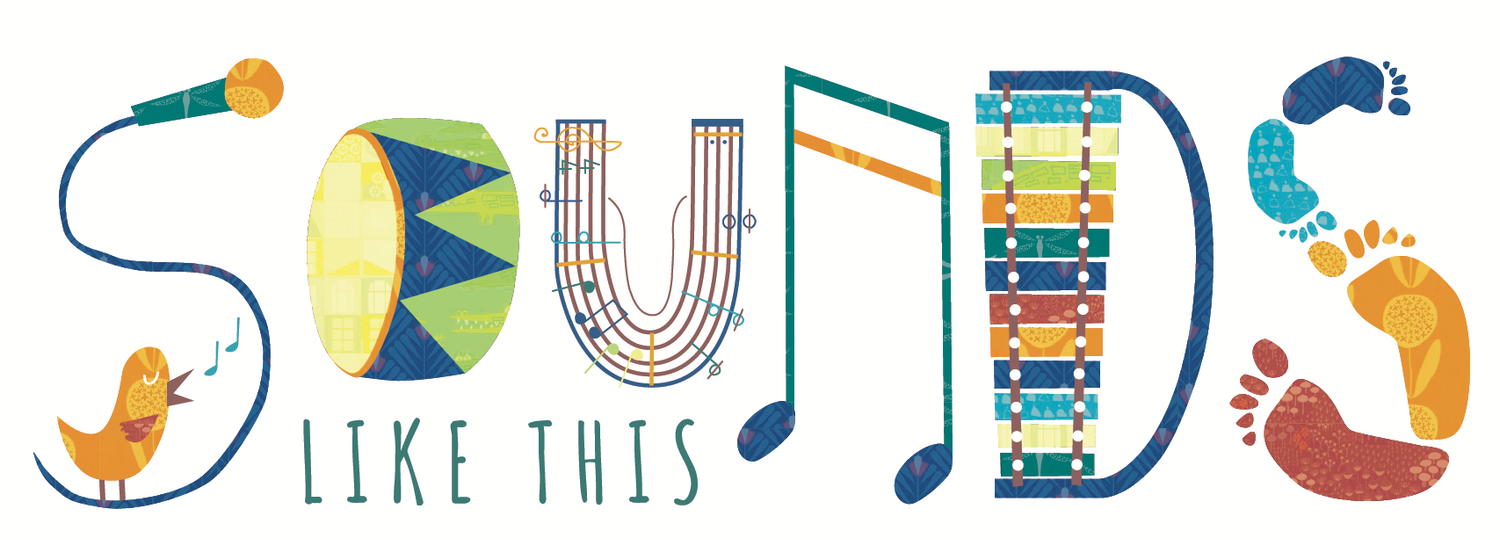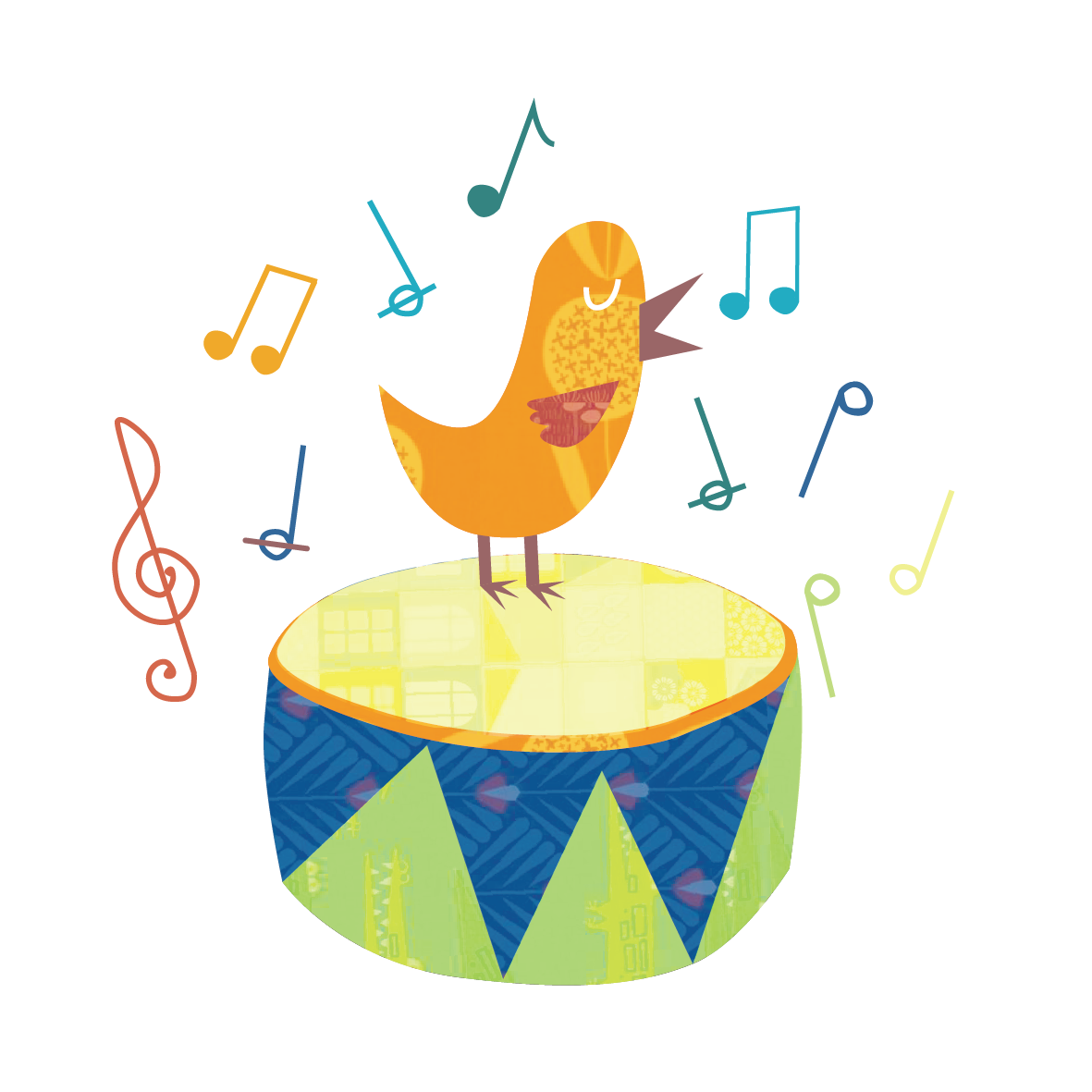My Child Won’t Sit Still
It’s something that we hear a lot, embarrassed parents commenting: “My child is the ONLY one who won’t sit still.”
No, they’re not, I promise and it’s OK.
There are many children who won’t sit still. Maybe not in your class (or maybe you don’t see them). It might be that in your child’s circle of friends, your child is the only one with ants in their pants.
But I promise you, there are heaps of children just like yours: They don’t sit still!
In our kids music classes, we have a maximum of 9 children per class. That’s not very many other children for you to observe but we see MANY children each week. About 100 in fact, and we can reassure you that the vast majority of them do not sit still.
Nor should they!
It’s natural if your youngster is a jumping bean.
We’re wired to learn through movement and spatial exploration. The first sensory systems that develop and mature in early childhood are those in charge of the cerebellum (motor activity) and the vestibular (spatial orientation).
So during that process of movement and learning, their brain is growing.
This means the idea that children should be still to learn is seriously outdated.
Instead, encourage your child to be comfortable in their skin. To learn about their surroundings and be conscious of them.
Teach them about kindness and empathy in proximity, about appropriate touch and movement. Spatial awareness isn’t an innate thing; it’s something in itself to be learnt. Help them consider how other people might feel in each space.
Some reasons why your child won’t sit still
Your child’s body may be moving but that doesn’t mean their ears are closed. It might be that they’re learning the best way they know how: the way that suits THEM.
If they won’t sit still, ask yourself:
Are they processing sensory stimulation?
Are they taking time away from the crowd to think?
Are they overwhelmed in a new situation?
Do they have the energy to burn?
Are they very excited to be here?
Are they bursting with life and expressing themselves in the best way they know how?
Are they shy and rolling on the floor to avoid eye contact during the ‘Hello’ song?
Are they in the middle of a huge developmental leap?
Are they having a growth spurt that’s affecting their sleep?
Are they teething?
There are countless reasons why your child won’t sit still and every one of them is fine.
The number one thing you can do if your child is fidgety, hyperactive, or just won’t sit still
If your child is going off like a frog in a sock…
Let em.
Don’t worry so much about what other people think. Sounds Like This for Kids has attracted a community of really beautiful parents and caregivers. This is something I’m rather proud of and it warms my cockles!
These parents all want the same thing as you: for their child to grow into the BEST possible version of themselves. To be nurtured and to be happy and healthy.
As long as everyone feels safe in the space and the other children and parents can hear to learn, there’s really no problem.
Nine times out of ten, these other parents have been in your situation. Their child has grown, pushed boundaries, grown, learnt new things, grown, and pushed MORE boundaries. That’s a child’s job. That’s how they learn what’s OK and what’s not.
Please don’t feel embarrassed.
This parenting gig is hard and we’re all learning too. Every child is different, so stop worrying about who your child is not, and please don’t feel like you need to stop coming to music classes because your child moves.
Next time your child pops up, needs to shake their butt, stomp their feet, or run around, use it as an opportunity to let them be.
Or if it’s becoming disruptive, go to them, softly speak to them about the people around them, about how awesome it was that they found the beat, how we love their big movements when the music is loud and their little movements when it’s soft.
We love how they STOPPED in time. We love how they froze in that funny shape when the music stopped. And how wonderful it is that they used their bodies to express themselves as only they could.
We love the movers, we love the shakers, we love the full-bodied learners.
In our program, as children grow and learn, we are able to do more with them. We’re able to play games with more independence, call and response, turn-taking, movements leading with a body part, weight transference and balance, all while up and moving our bodies.
Children who move and feel beat and rhythm naturally from a young age will be able to move and feel it for the rest of their lives. Their movement is imperative to the learning process. It’s a really big deal.
So bring your wiggly worms and jumping beans along to our music classes. Or if you’re still unsure, open up their world to more music-making opportunities from the comfort of your home with our Online Family Club .
With our online library chock-full of educational music videos, your child can soak up the music-making fun while crawling over your couch, rolling over the carpet, or learning however they learn best!
By Julie Murray
Sounds Like This Owner and Teacher

